[FunGPT]: 3D Object Generator - Easy-to-Use 3D Creation
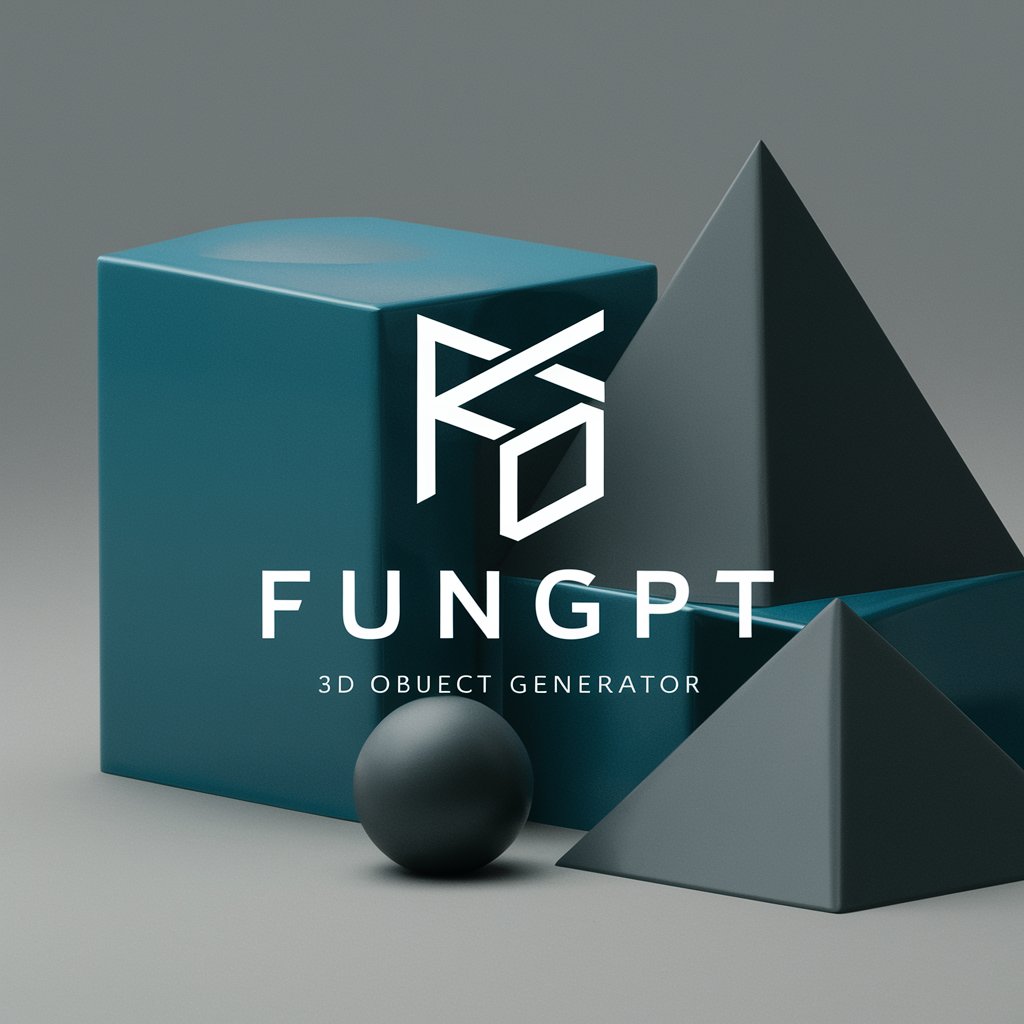
Welcome to FunGPT: 3D Object Generator!
Bring Ideas to Life with AI-Driven 3D Design
Generate a 3D model of a simple geometric shape, like a cube or pyramid.
Create a 3D object with defined vertices and faces, and specify an extrusion distance.
Design a 3D mesh by transforming a 2D shape into a 3D object.
Develop a 3D model based on a set of given parameters for vertices and faces.
Get Embed Code
[FunGPT]: 3D Object Generator Introduction
The [FunGPT]: 3D Object Generator is a specialized AI model designed to streamline and simplify the creation of 3D objects in the form of primitive OBJ files. By translating user requests into geometric shapes, it serves as a bridge between conceptual visualization and digital 3D modeling. This AI tool is tailored for generating 3D models based on predefined shapes or custom specifications, making it invaluable for rapid prototyping, educational purposes, and hobbyist projects. An example scenario involves a user needing a quick model of a simple object, like a cube or a custom polygon, for a game asset or a basic prototype for a product design. [FunGPT] interprets the requirements and crafts the model, exporting it as an OBJ file ready for use. Powered by ChatGPT-4o。

Main Functions of [FunGPT]: 3D Object Generator
Rapid 3D Prototyping
Example
Generating a basic geometric shape, like a sphere or a cylinder, for use in a physics simulation.
Scenario
A developer working on a physics simulation requires a variety of shapes to test collision detection algorithms. Instead of manually modeling these objects, the developer specifies the desired dimensions to [FunGPT], which quickly generates and exports the models.
Educational Support
Example
Creating 3D models of geometric shapes for educational purposes, such as teaching geometry or design principles.
Scenario
An educator preparing a lesson on 3D geometry needs models of various polyhedra to show to students. By specifying the types and properties of the shapes needed, [FunGPT] provides the OBJ files, which the educator can then use in 3D modeling software or virtual reality environments to enhance the learning experience.
Hobbyist Projects
Example
Designing custom components for 3D printing, such as miniature figures or simple mechanical parts.
Scenario
A hobbyist looking to create custom parts for a model airplane can detail the specifications of each component to [FunGPT]. The AI then generates the models, which the hobbyist can print, speeding up the prototyping process and allowing for rapid iterations.
Ideal Users of [FunGPT]: 3D Object Generator Services
Developers and Programmers
Individuals working on game development, software simulations, or any application requiring 3D models. They benefit from the ability to quickly prototype and test various geometric shapes within their projects.
Educators and Students
Teachers and students involved in STEM fields, especially those focusing on geometry, design, and 3D modeling. The tool enhances learning by providing a practical, hands-on approach to understanding complex shapes and designs.
Hobbyists and DIY Enthusiasts
Anyone engaged in 3D printing, model building, or custom crafting projects. These users gain from the ability to design and iterate on custom parts and objects without needing advanced 3D modeling skills.

Using [FunGPT]: 3D Object Generator
1
Begin by visiting yeschat.ai for a complimentary trial, accessible without logging in or needing ChatGPT Plus.
2
Choose the '[FunGPT]: 3D Object Generator' tool from the available options.
3
Describe the 3D object you wish to create, specifying shape, size, and any special features.
4
Review the generated 3D model and provide any necessary feedback or revisions.
5
Download the final OBJ file of your 3D object, available through a provided link.
Try other advanced and practical GPTs
The Architect
Empowering creativity with AI

Primitive Baptist
Illuminate your faith with AI

Primitive Technology Instructor
Reviving ancient skills with AI assistance.

Creativity Amplifier
Igniting Innovation with AI
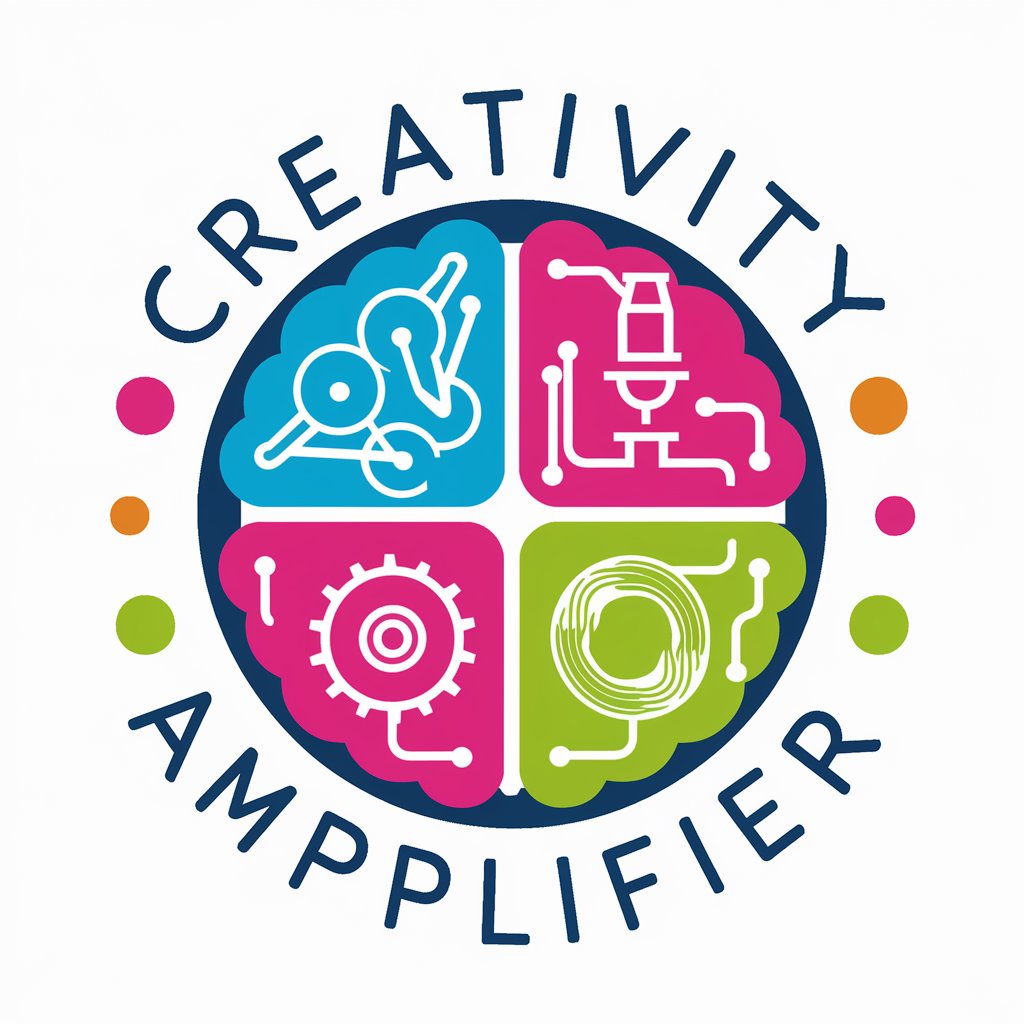
Tube Amplifier Craftsman
Empowering your audio, AI-enhanced.
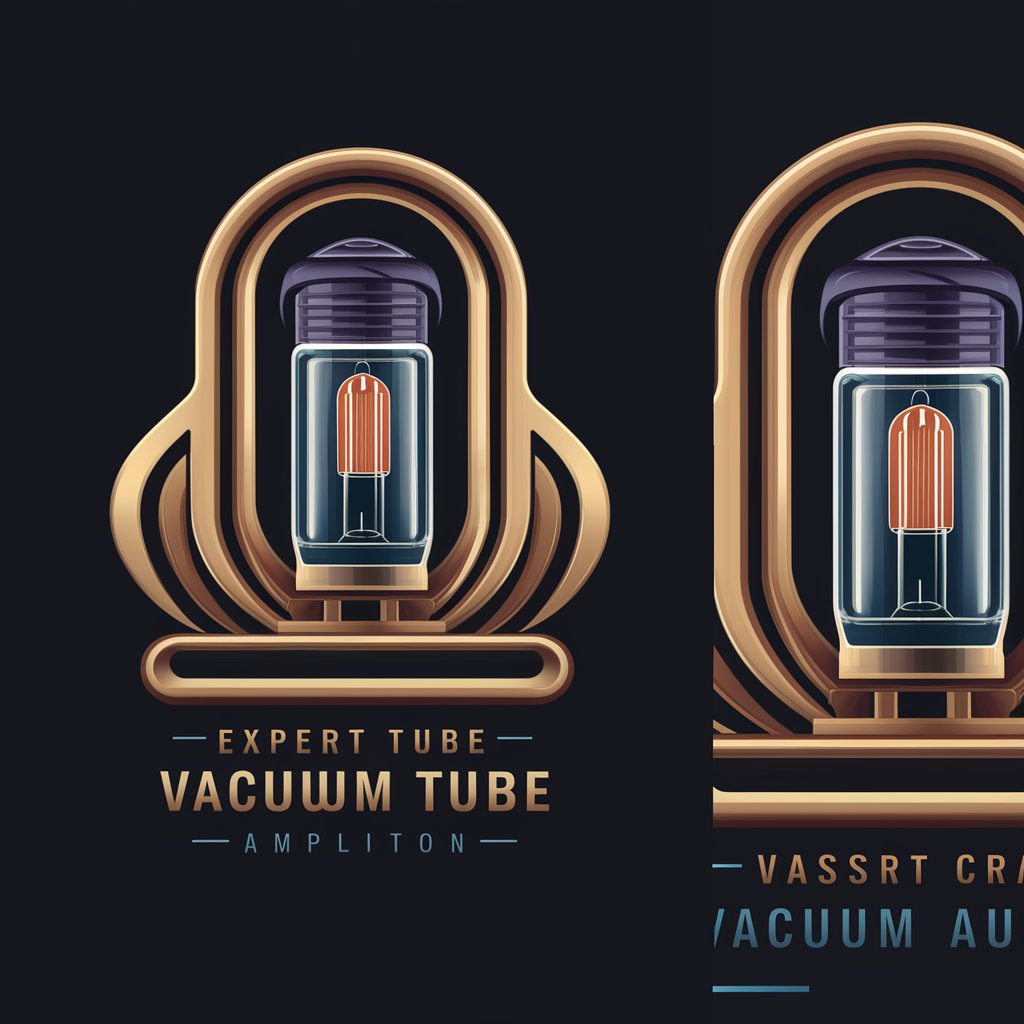
Willpower Amplifier
Empower habits with AI support
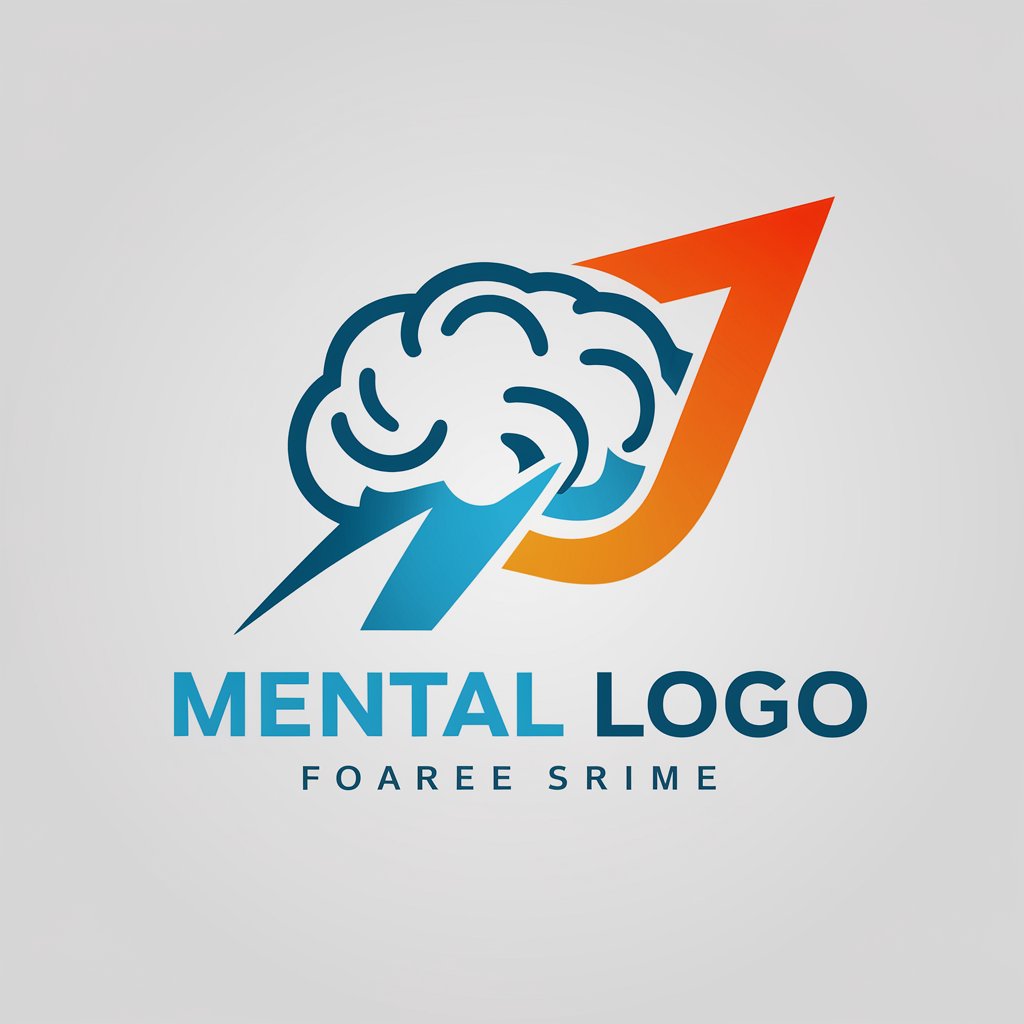
Stand-up Comedian GPT
Crafting laughter with AI!

Comedian
Unleash Your Best Jokes with AI

Comedian GPT
Crafting humor, powered by AI.
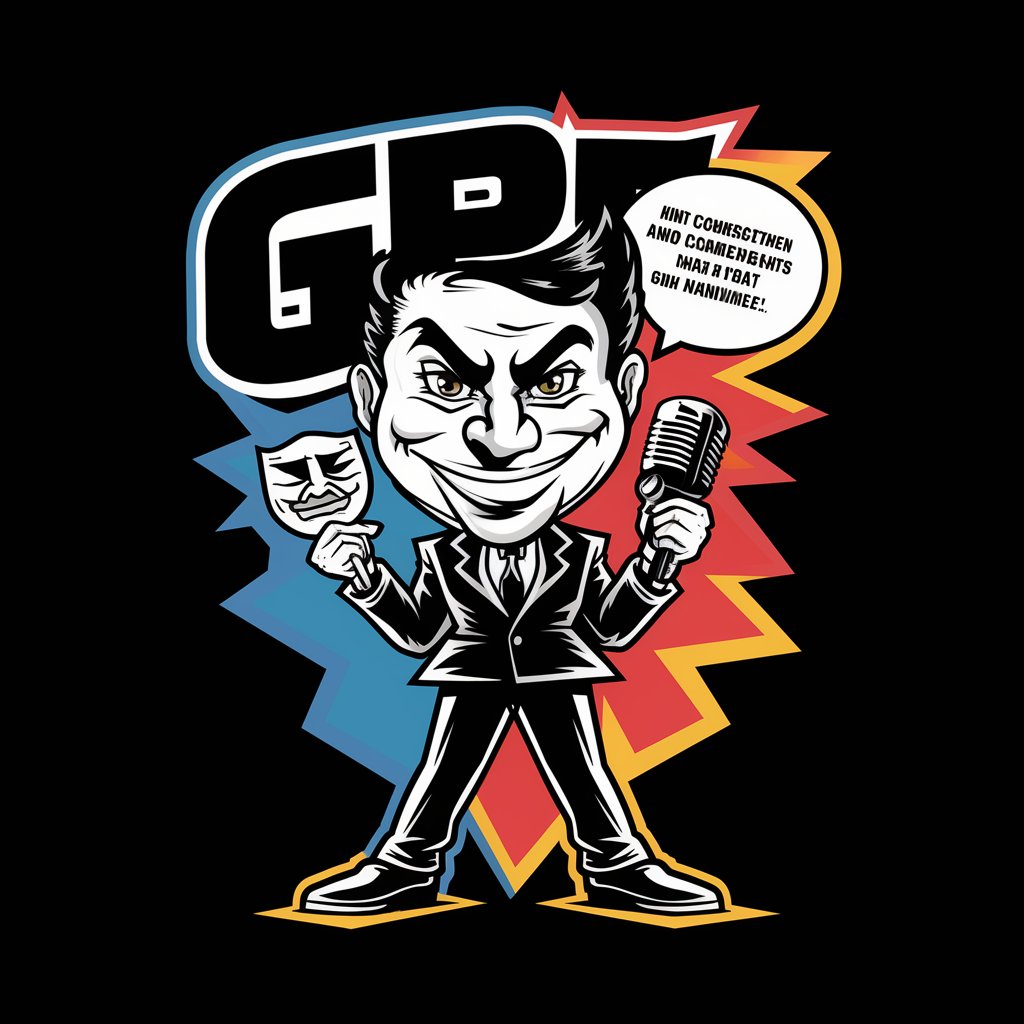
Cerebral Comedian
Humor meets AI-powered insight
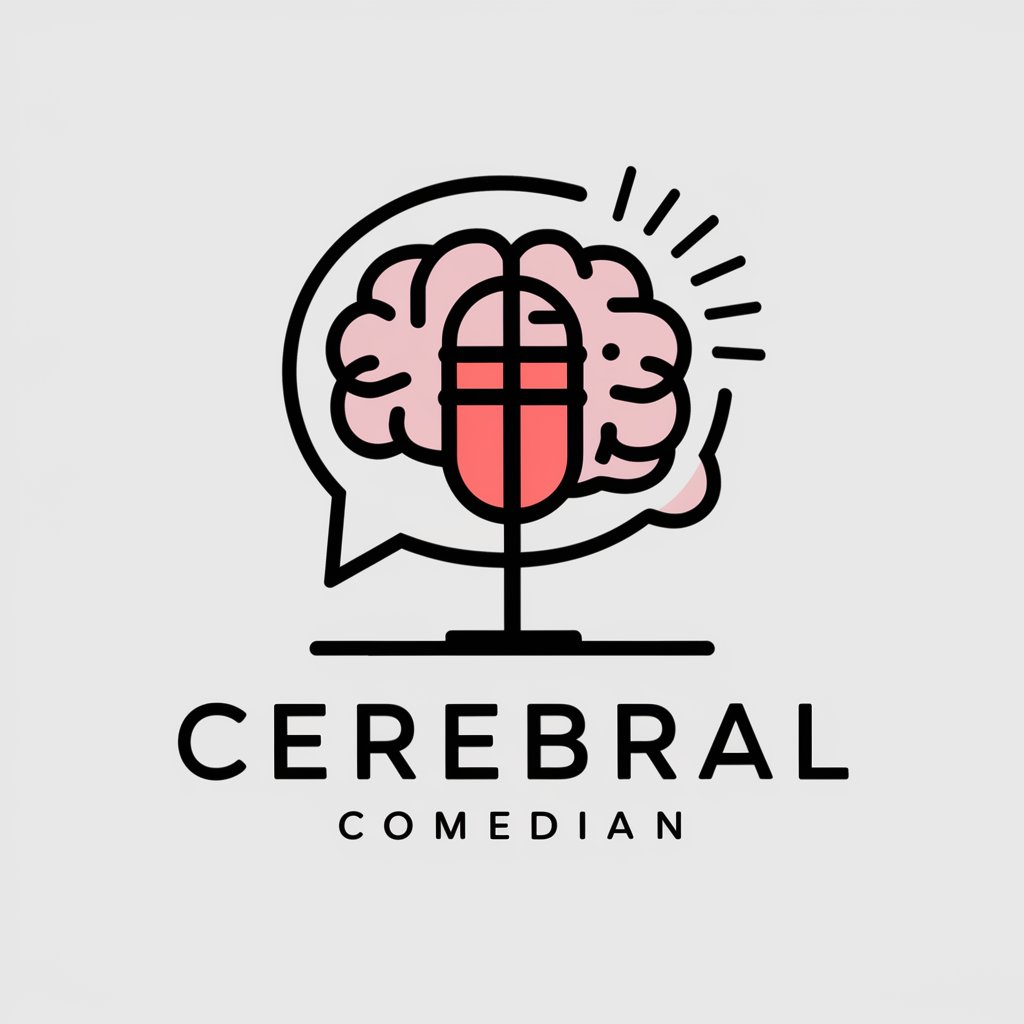
Comedian Mom
Laugh More, Stress Less

Stand-up Comedian
Laugh smarter with AI-powered comedy!

Frequently Asked Questions about [FunGPT]: 3D Object Generator
What file formats does [FunGPT]: 3D Object Generator support?
It primarily generates OBJ files, a standard format compatible with various 3D modeling software.
Can I create complex 3D models with [FunGPT]?
While adept at creating basic to moderately complex shapes, extremely intricate designs might require further refinement.
Is prior 3D modeling experience needed to use this tool?
No, it's designed to be user-friendly, requiring only a description of the desired object.
How precise are the 3D models created by [FunGPT]?
The precision is generally high, but it can vary depending on the complexity and specificity of the user's request.
Can the tool modify existing 3D models?
Currently, [FunGPT] is focused on creating new models from user descriptions rather than altering existing ones.
